I was reading about non preemptive threads and I found a slide from Princeton University and it shows the following diagram: (Source Link: http://www.cs.princeton.edu/courses/archive/fall11/cos318/lectures/L5_ThreadsImplementation.pdf)

From what I understood is that a thread to be executed is first put into a ready queue. When it pop's out of the queue it is in running state. If it wants to invoke another thread, it calls the yield function, which will store the current state of the thread and insert it in the tail of the queue. And the thread which is in the front of the queue will be executed.
What happens if The thread is blocked (i.e. it is waiting for some resource) ? I thought in non-preemptive thread it will wait for the resource and then carry on execution.
But from the below diagram it looks as though it goes into blocked state and then is put into the ready queue ? Why is that?